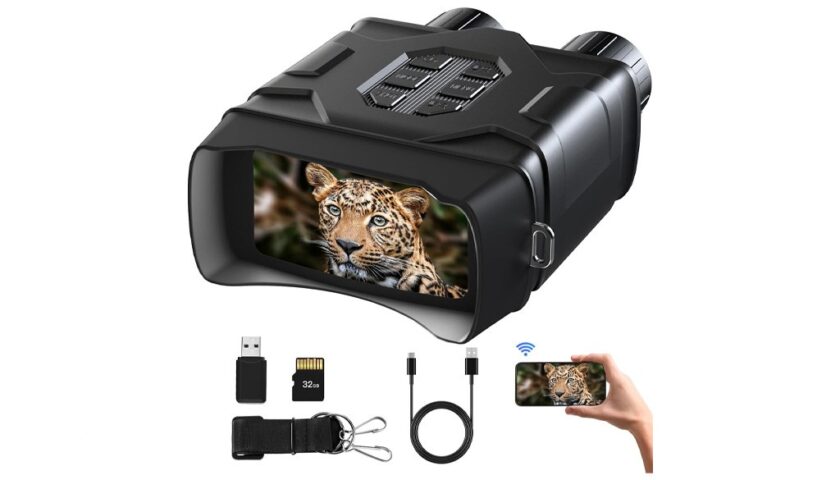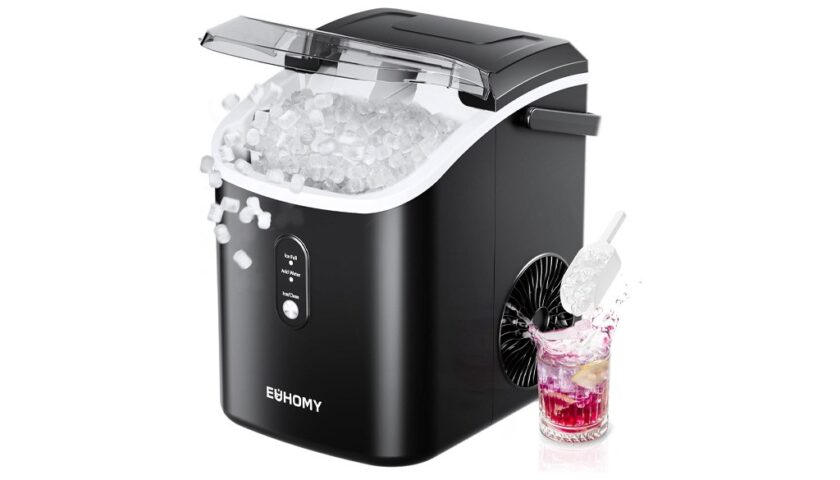Here are the best carts for your garden
Gardening entails hard work, not to mention a lot of going back and forth to the garden or shed. A garden cart is a smart investment that might save you a few trips, and your back, at the same time.
Simply put, garden carts make hauling easy. Instead of lugging around topsoil or gardening tools, you can load them in a cart and wheel them around the yard. With the added convenience of portability, you might even get gardening or yard work done more quickly.
To help you find the right garden cart, we’ve put together this buyer’s guide covering everything you need to know.
What do I need to know before I buy a garden cart?
What can I put in a garden cart?
There isn’t much you can’t put in a garden cart, provided you don’t load it with items that exceed its capacity.
People use garden carts to transport plants, soil, mulch, garden tools, firewood, tree trimmings or landscaping equipment. Garden carts can be utilized as portable storage units for garages or sheds, too.
Should I get a garden cart or a wheelbarrow?
Garden carts and wheelbarrows may look similar and perform similar functions, but they’re actually quite different. Here’s how they stack up to one another:
- Wheelbarrows usually have one or a pair of front wheels, whereas garden carts typically have four wheels. There are, however, some two- and three-wheeled garden carts.
- Wheelbarrows are often used to transport loose materials, like mulch, sand or soil. Garden carts can also transport these materials and a variety of tools and equipment.
- Wheelbarrows are pushed, while garden carts are pulled. Some people feel wheelbarrows are easier to maneuver than garden carts. Others disagree, stating it’s easier to pull than push heavier loads with garden carts.
- Wheelbarrows typically have a single bucket compartment, whereas garden carts may have more than one shelf or storage feature in their design.
- Wheelbarrows are designed to traverse mixed ground without too much wobbling. Garden carts are more successful in moving across flatter terrain which can be limiting.
How much do garden carts cost?
Smaller garden carts cost $40-$100, while mid-size options run anywhere between $100-$500. Heavy-duty garden carts, including some that can be attached to riding mowers or farm vehicles, run as high as $600-$1,500.
Features to compare in garden carts
Capacity
If you’re buying a garden cart based on capacity, you’ll soon learn that merely looking at the cart won’t help you determine how much it can hold. Instead, it’s best to refer to the specifications regarding maximum capacity or load.
Lower-capacity garden carts typically hold less than 250 pounds. Large-capacity carts often referred to as heavy-duty garden carts, hold between 800-1,500 pounds.
If you’re wondering whether medium-capacity garden carts exist — they do. However, it’s much harder to find those with capacities that range between 300-800 pounds.
Size
Some consumers are concerned with the footprint of a garden cart, especially if they’re limited on storage space. The dimensions of garden carts vary considerably. It should also be noted that some manufacturers express the size of a garden cart in cubic feet, whereas others only list the length and width.
To keep things simple, here’s a rough breakdown of garden cart sizes in comparison to other items:
- Smaller garden carts are around the same size as shopping trolleys. These are ideal if you’re tight on space in the garage, shed or patio.
- Mid-size garden carts are comparable in size to mid-size storage totes. They’re considered the ideal size for everyday gardening and yard work.
- Larger garden carts are the same size as grocery store shopping carts. These carts are fairly deep and wide, and they’re used for hauling bulkier loads. There’s a good chance you’ll need to free up space in a garage or shed to accommodate them.
Wheels
When you’re comparing garden carts, make sure you examine wheel materials closely. You’ll find pneumatic, rubber, and plastic wheels.
- Pneumatic wheels are often preferred for their smooth maneuverability and better shock absorption. However, because they’re filled with air, there’s always a chance they can go flat.
- Solid rubber wheels won’t go flat. While they’re reasonably durable, they have a bumpy ride. Their treads may also wear down sooner when used on mixed terrain.
- Plastic wheels are rarely seen on garden carts, save for a few light-duty ones. They’re not very durable and sustain damage easily. However, they make garden carts light and easy to move.
Another feature you’ll want to look for in garden cart wheels is UV resistance, in which wheels are less prone to cracking or fading in direct sun exposure. Some garden carts have swivel wheels and are easier to maneuver. Other garden carts have rust-resistant wheel components.
Best garden carts
Mac Sports Heavy Duty Steel Frame Collapsible Utility Wagon
If you’re on a budget and do light hauling, this collapsible utility wagon is ideal. It hauls loads up to 150 pounds and is made from UV- and mildew-resistant material.
Sandusky Lee CW3418 Muscle Carts Steel Utility Garden Wagon
This versatile garden cart has three configurations, including a flatbed design. It’s often used to transport pots, irrigation equipment or firewood across yards.
Prices listed reflect time and date of publication and are subject to change.
Check out our Daily Deals for the best products at the best prices and sign up here to receive the BestReviews weekly newsletter full of shopping inspo and sales.
BestReviews spends thousands of hours researching, analyzing and testing products to recommend the best picks for most consumers. BestReviews and its newspaper partners may earn a commission if you purchase a product through one of our links.
Distributed by Tribune Content Agency, LLC.





